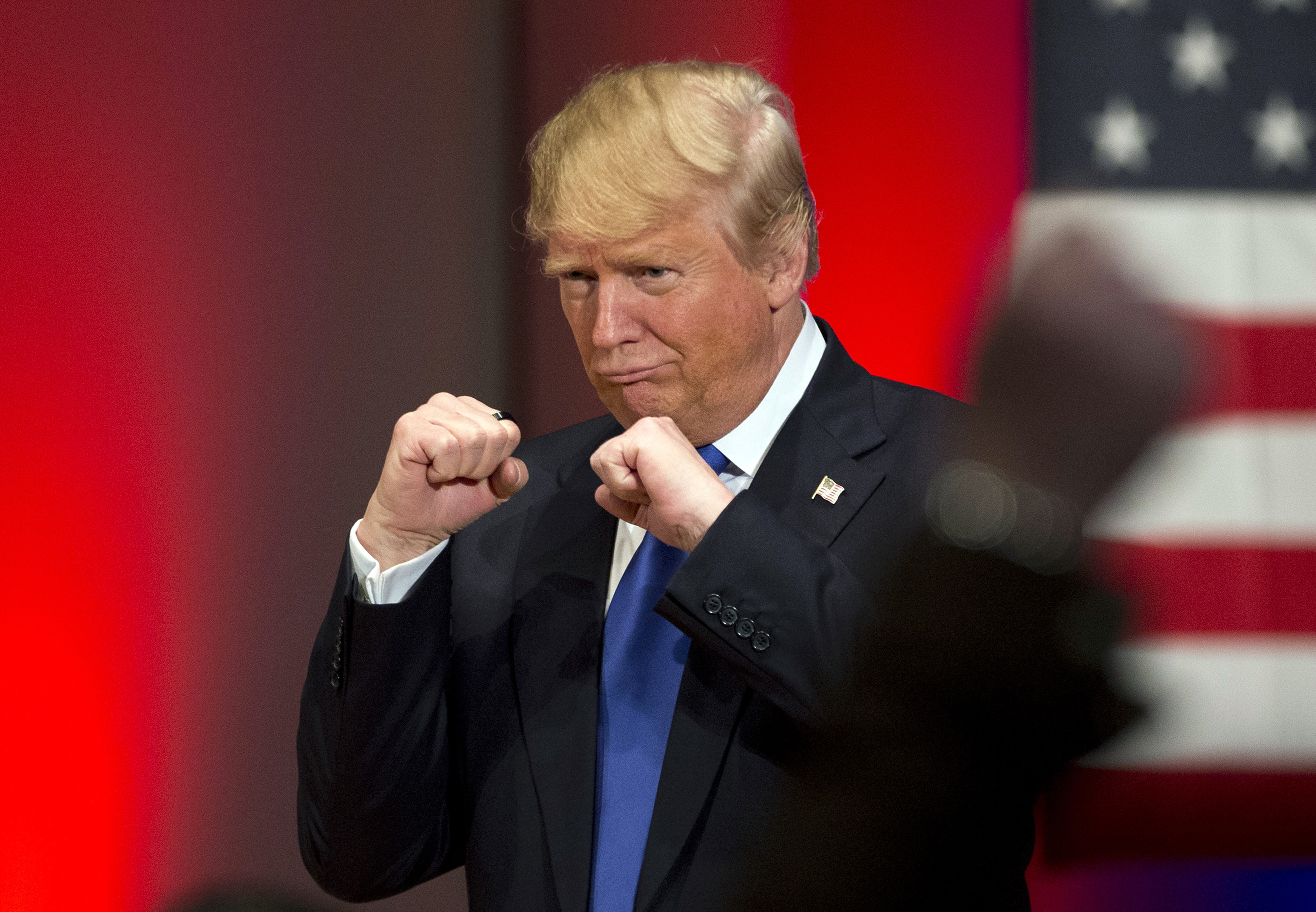The Silk Road is again in the headlines. Some thirty world leaders recently participated in the inaugural Belt and Road Forum (BRF) in Beijing, to consider Chinese President Xi Jinping’s signature foreign policy initiative. Sixty-eight countries have already signed agreements with China to participate in the initiative, in which China is said to invest nearly one trillion dollars. The Belt and Road Initiative (BRI) has been dubbed “the project of the century.”

The recurrent publicity about the project raises the hackles of American officials who see it as geopolitics by others means. Trump’s Director of National Intelligence, Dan Coats, said in a recent testimony before the U.S. Senate that the Belt and Road Initiative fits within a pattern of “aggressive” Chinese investments. Coats added that the purpose behind the initiative is for China to “expand their strategic influence and economic role across Asia through infrastructure projects.” Franklin Allen, a professor of finance and economics at Imperial College in London believes that “it is an economic initiative, but along the way China will expand its military bases and so forth.” The Economist sees the Belt and Road Initiative as an attempt by China to replace the U.S. as the leader of global trade.
A less alarmed view finds first of all that the whole project is much overhyped. Figures about investments include projects that had been previously launched. Several projects, including some in Myanmar and Pakistan, have already gone belly up, causing Chinese investors to lose major parts of their investment. Moreover, as the U.S. discovered when it provided aid or invested in other nations, such measures often buy resentment rather than influence. And if China does contribute to the development of infrastructure in Central Asia, and thus to the development of this part of the world, this may well benefit the people of the region and help the nations involved achieve some stability.
In determining how to react to the Silk Road initiative, the West should draw on a major strategic consideration: Do the U.S. and its allies plan to block any and all increases in Chinese influence—or merely contain those moves that entails China’s use of force to dominate other countries?
The important underlying assumption is that a rising China is akin to a rising wave of energy; a strategy that allows that energy to be expended in ways that will not harm the international order and may indeed benefit it is more likely to succeed than one that seeks to bottle up that energy by seeking to block it everywhere. Implementing this strategy thus entails accommodating China’s desire to have more influence, but preventing coercion.
It is important to also distinguish between influence and coercion. Although China is likely to increase its influence in the region, its growing influence should not be equated with aggression. Influence leaves the final decision on how to act in a given scenario to the actor being subjected to the influence. Coercion, on the other hand, preempts such choices and forces those subject to it to abide by the preferences of the actor wielding force. For example, Germany has a disproportionate measure of influence over most European affairs relative to other EU member states, but this does not make it an aggressor, much less a regional hegemon. While in the past, the U.S. was a hegemon within the Western Hemisphere that coerced states that did not abide by its directives, and although it still has more influence in most of the region than any other power, it is no longer aggressive nor a hegemon. So according to the only aggression denying strategy, the U.S. and its allies should not tolerate the coercive use of force in the region (which would violate the long-standing Westphalian principal of sovereignty). However, when China’s moves are limited to seeking to increase its regional influence—say through public diplomacy, trade, investment or cultural exchanges and by investing heavily in the Silk Road—the U.S. should counter such influence with the same kind of means but not by military buildup and implicit threats to use it. This strategy seems preferable to both seeking to maintain the status quo (which leaves little, if any, room for a rising China to expend its rising energies) and retrenchment (in which the U.S. withdraws from Asia under some kind of America First strategy).
The preceding analysis assumes a clear distinction between being a hegemon and an influential power. Dictionary definitions of hegemony conflate influence with dominance. Hegemony might be best defined as the ability of a nation to preempt another nation (within whatever sphere it exerts hegemony) making decisions opposed by the hegemon. In contrast, an influential nation is merely able to get the other nation or nations to grant extra weight to its preferences compared to its own preferences or those of other nations. Distinguishing between these terms highlights important differences between strategies that seek to prevent China from becoming a dominant power and those that also seek to deny it increased influence.
All this means that the U.S. has no reason to oppose China’s major investments in infrastructure drive, one that will help finance the building of roads, railways, ports, bridges and pipelines. And if as a byproduct China will gain some additional influence in Asia (which does not necessarily follow) there is no cause for alarm. For instance, since the U.S. tilted toward India under the Bush administration, China gained somewhat more influence in Pakistan, but this increase did little to change the basic geopolitics of the region.
True, in a case of war, a developed Silk Road may make blocking China—which various U.S. military planners call for, as a less aggressive approach than invading the mainland—more difficult. However, allowing China to gain economic influence but not military dominance, and securing a much needed pathway for its much needed resources, will make war less likely.





